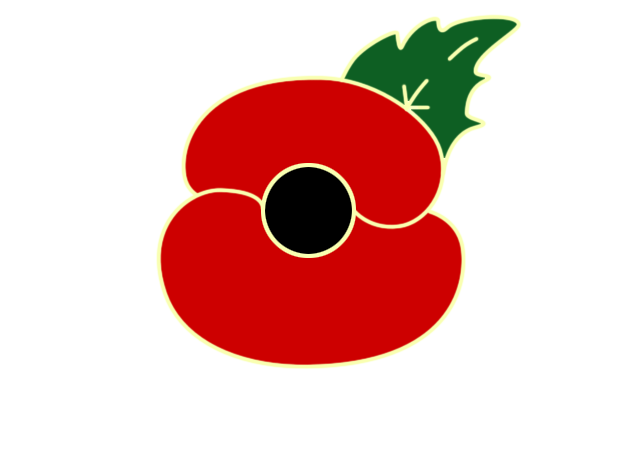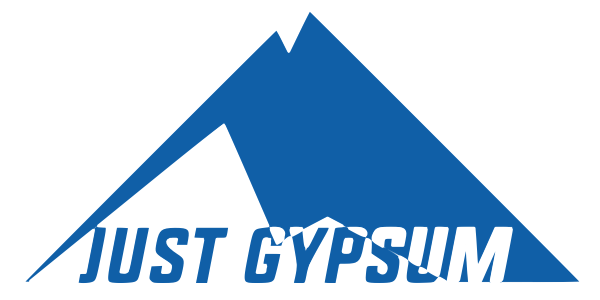Plastering Materials
Materials and mixes in plastering can either be matrix or matrix plus at least one aggregate. The matrix is the part that makes the plaster set. The aggregate is what fills the gaps and has the specific qualities for the plaster needed. For example hard wearing, better insulation etc.
The most common matrix used in plastering is gypsum plasters, limes and cements.
To make a plastering mortar, you need two mix three parts of sand one part of lime putty. If you need it to set quicker, you will have to add either gypsum plaster or Portland cement to the mix, making sure you do not add too much or too little.
These mixes are used for base coats. The putty lime mix can be used for a base coat and floating coats or skimming on sand.
Gypsum plaster/lightweight aggregate mixes are pre made. You just have to add water to them when they are ready to be used. Perlite and vermiculite are the aggregates that are used in this mix.
Specialist plaster can be made for specific jobs.
Lightweight aggregate/browning is used on backgrounds that take in lots of water.
Acoustic plaster is a textured finish coat to help to soak in sound, It is made of gypsum plaster and granulated pumice.
Projection plaster is made from gypsum plaster and additives. The additives help the plaster to set quicker, increases how much water it takes in and it makes it easier to work with.
Universal one coat hand applied is plaster mixed with additives and a little bit of perlite aggregate is added to the mix. It should be mixed with a drill and whisk attachment and it can be used instead of using one, two or three coat methods.
Thistle hardwall is mixed during manufacturing and is used as an undercoat. It is used in areas that get used a lot because it is hard wearing.
Thin coat plasters are one coat plasters and are used on backgrounds such as concrete blocks.
X-ray plaster is used for floating coats on walls and can also be used for skimming coats. It is made of gypsum plaster and an aggregate called barium sulphate. The barium sulphate is used in X-ray plaster because it helps to protect against electro magnetic radiation (the radiation in X-ray rooms).
Portland cement mixes are made to the strength you need. The mix used is 3 parts sand, 1 part cement for skirting and similar work. If it is being used in an area that gets used a lot such as floors etc, the mix is 2 parts Portland cement, 5 parts granite chippings.
Portland cement mixed with lightweight aggregate are used for floors and walls. Mixtures of Portland cement and perlite that get mixed during manufacturing are used on walls as floating coats. The mix can be used on expanding metal lathing, and Twil-lath backgrounds.
Cement and perlite lightweight screed mixes are made for the job you are doing.
You can buy gypsum based finishing plasters that have additives mixed in and they are for floating coats. Vermiculite is used with Portland cement when insulation is needed on floors and roof screeds. The finishing mix is not very strong so they will need to be strengthened by using sand and cement on top to cover the surface. This is applied in the laying process.


